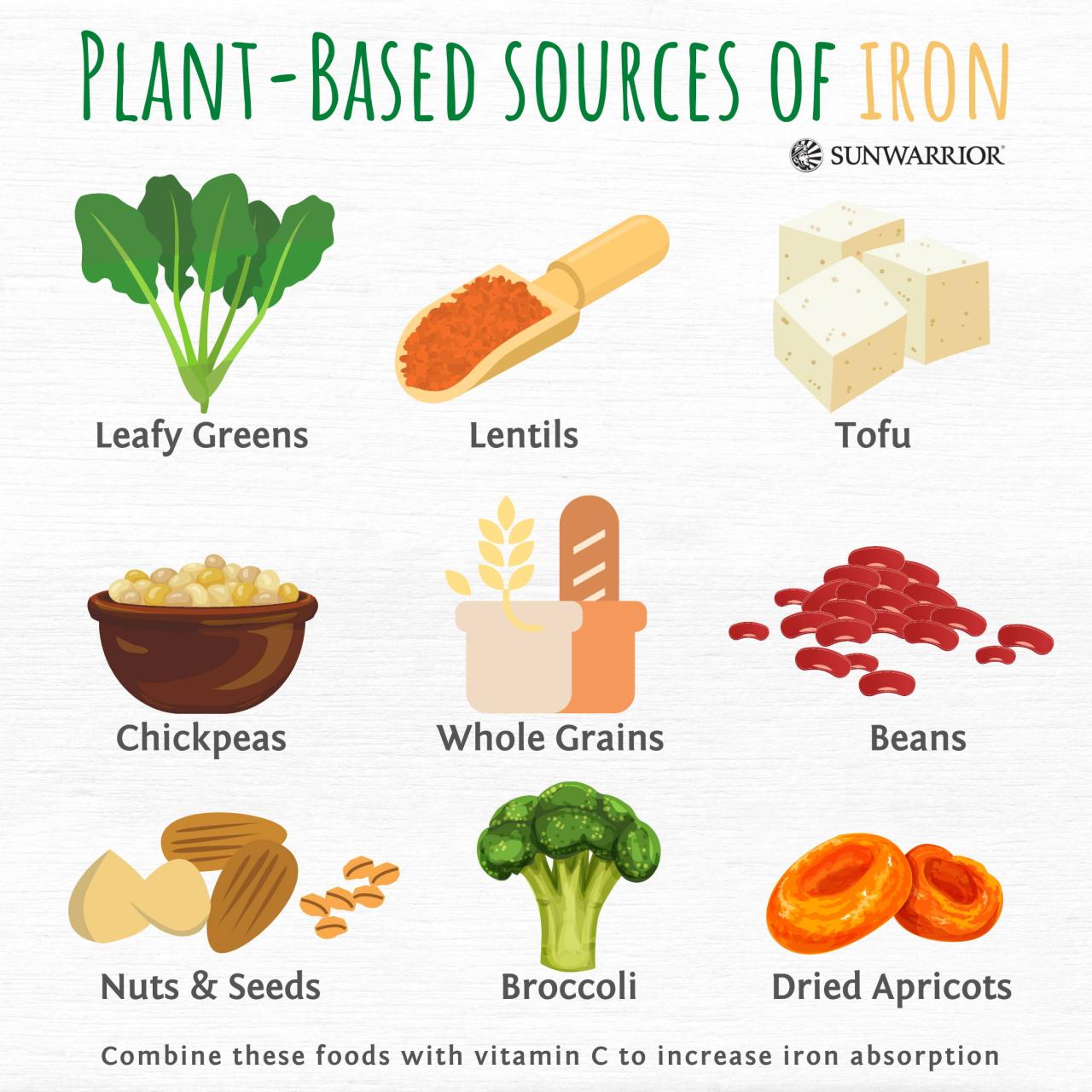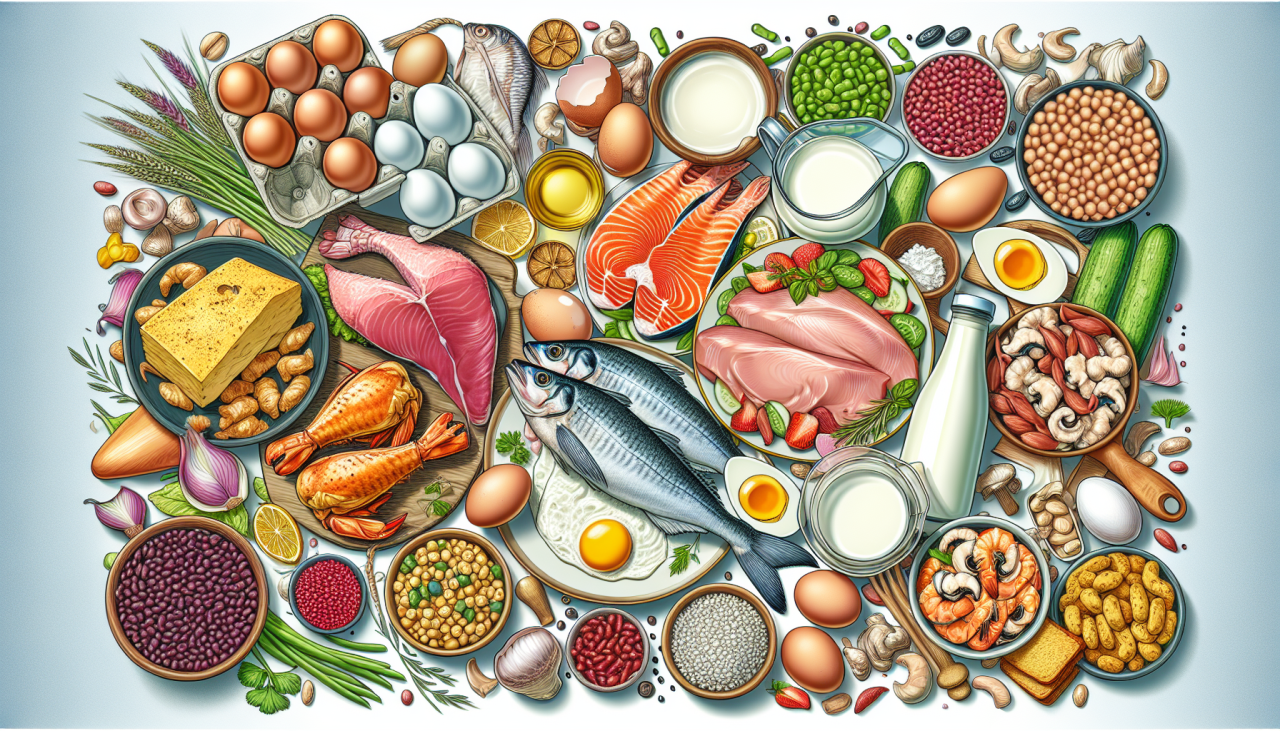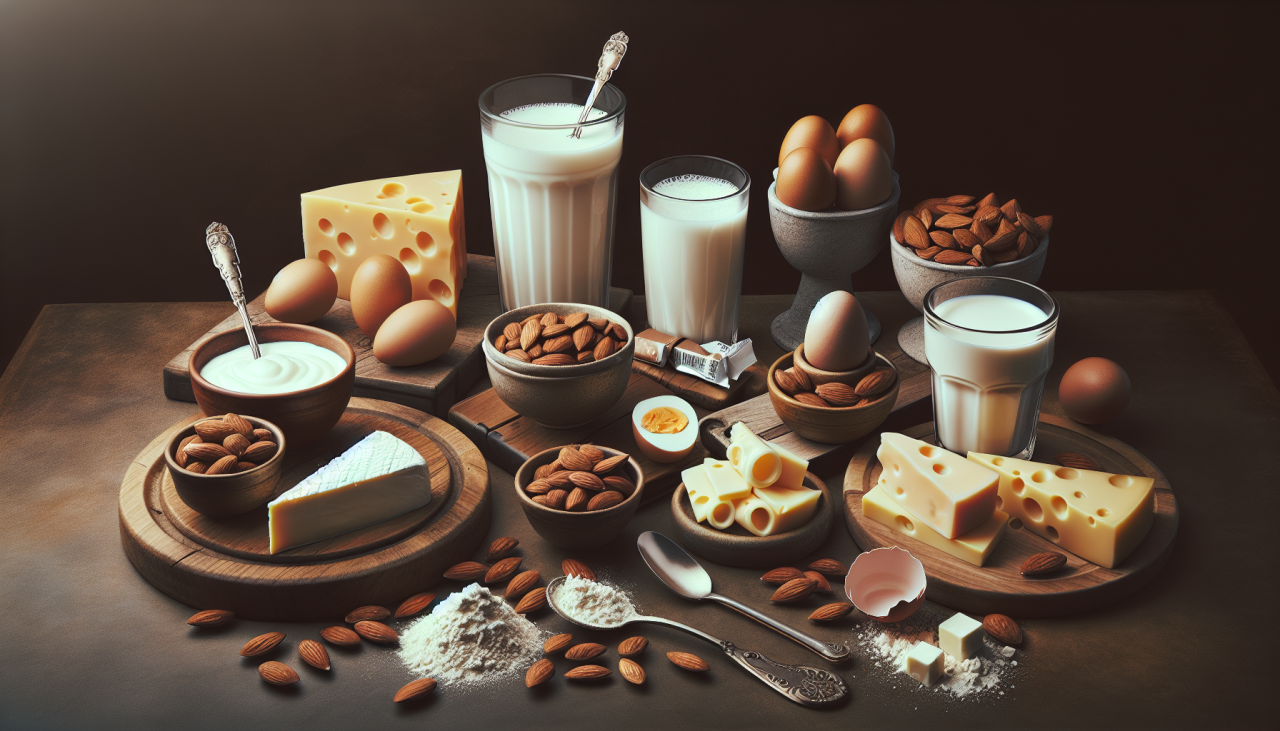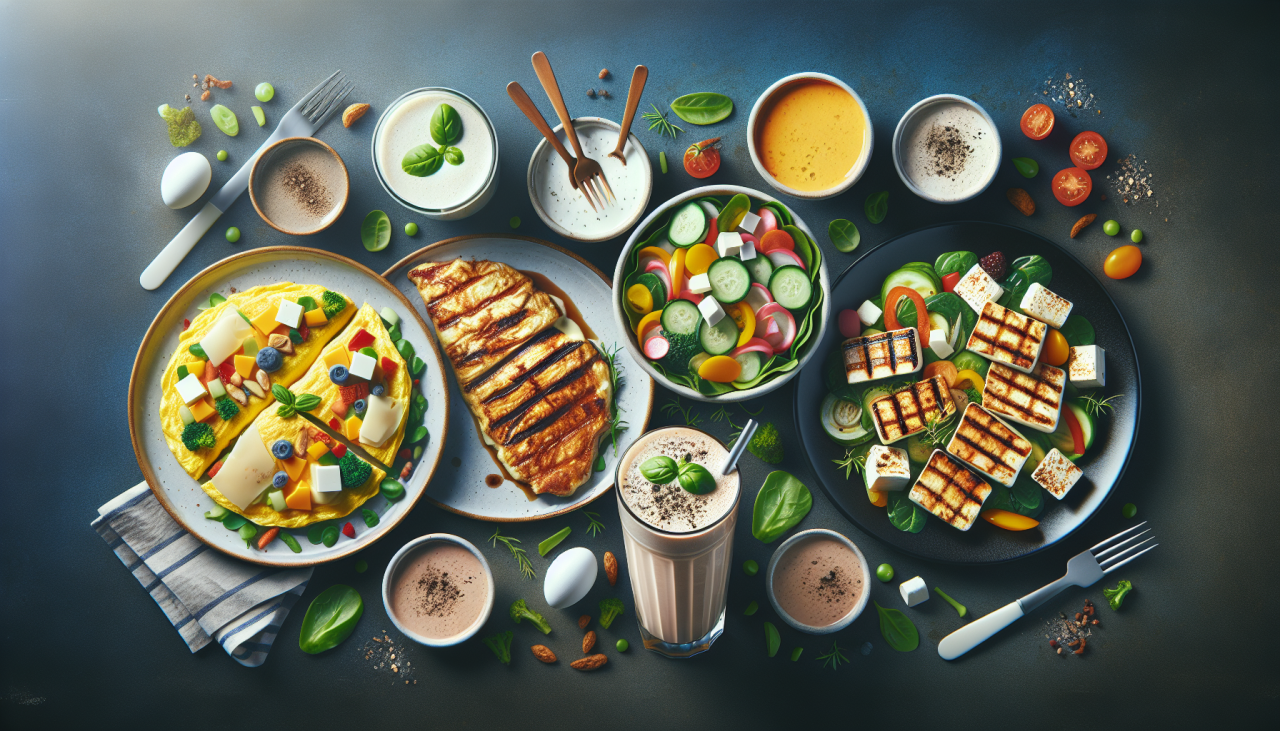How to Increase Your Iron Absorption and Manage Iron-Deficiency Anemia
Understanding Iron-Deficiency Anemia: Causes and Solutions
If you’ve received a diagnosis of iron-deficiency anemia, understanding the underlying reasons for your symptoms is crucial. Iron, an essential mineral, not only contributes to maintaining healthy hair, skin, and nails but also plays a pivotal role in hemoglobin production, the protein responsible for oxygen transport in red blood cells throughout the body. Individuals with iron deficiency struggle to produce sufficient healthy red blood cells, resulting in symptoms like fatigue and shortness of breath.
However, resolving iron-deficiency anemia requires more than just increasing spinach consumption. Let’s delve into the key aspects of iron-deficiency anemia and strategies to boost iron levels effectively.
Addressing the Root Cause of Iron-Deficiency Anemia
Identifying the cause of iron deficiency is paramount in managing the condition, asserts Dr. Sioban Keel, an associate professor of hematology at the University of Washington School of Medicine. For instance, women experiencing heavy menstrual bleeding are particularly susceptible to iron deficiency, necessitating interventions such as iron supplementation or discussions with a gynecologist regarding suitable birth control options to mitigate bleeding.
Similarly, Cristina Sutter, a registered dietitian based in Vancouver, British Columbia, highlights the importance of awareness in specific scenarios, such as athletes losing iron through sweat or vegetarians with inadequate iron intake. Simply being mindful of low iron levels and adhering to a well-balanced diet and supplement regimen can significantly impact iron status.

Strategies to Enhance Iron Absorption Through Diet
Optimizing iron absorption involves strategic dietary choices. Here are some guidelines to incorporate more iron into your diet effectively:
Prioritize animal-based sources of iron, such as red meat, poultry, and seafood rich in heme iron, which boasts superior absorption compared to plant-based sources.
Augment your meals with vitamin C-rich foods like citrus fruits, bell peppers, and broccoli to enhance the absorption of nonheme iron found in plant sources like tofu, legumes, and spinach.
Utilize cast-iron cookware for food preparation, as it facilitates iron transfer into meals, especially acidic dishes like tomato sauce.
Adjust your coffee and tea consumption to avoid interference with iron absorption, spacing them apart from iron-rich meals and supplements.
Distribute your iron intake throughout the day in smaller doses to optimize absorption potential.
While dietary sources of iron are valuable, they may not suffice for individuals with significant iron deficiencies. In such cases, iron supplementation becomes necessary. However, due to the relatively low iron content in food compared to supplementation needs, dietary adjustments alone may not adequately address deficiencies.
According to the American Society of Hematology (ASH), iron supplementation, often taken orally or in severe cases intravenously, may be required even after identifying and addressing the underlying cause of iron deficiency. Collaborating with a healthcare provider is essential to determine the appropriate type and dosage of iron supplementation tailored to individual needs.
To optimize the efficacy of iron supplements:
Avoid simultaneous intake with calcium supplements, as calcium may impede iron absorption.
Consider taking iron supplements on an empty stomach or with orange juice to enhance absorption.
Be mindful of potential side effects like constipation, nausea, and upset stomach, and adjust timing accordingly, such as taking supplements after dinner and before bedtime.
By understanding the nuances of iron-deficiency anemia and adopting proactive dietary and supplementation strategies, individuals can effectively manage their iron levels and alleviate associated symptoms.
What Raises Iron Quickly?
Understanding Iron-Deficiency Anemia: Causes and Solutions
If you’ve received a diagnosis of iron-deficiency anemia, understanding the underlying reasons for your symptoms is crucial. Iron, an essential mineral, not only contributes to maintaining healthy hair, skin, and nails but also plays a pivotal role in hemoglobin production, the protein responsible for oxygen transport in red blood cells throughout the body. Individuals with iron deficiency struggle to produce sufficient healthy red blood cells, resulting in symptoms like fatigue and shortness of breath.
However, resolving iron-deficiency anemia requires more than just increasing spinach consumption. Let’s delve into the key aspects of iron-deficiency anemia and strategies to boost iron levels effectively.
Addressing the Root Cause of Iron-Deficiency Anemia
Identifying the cause of iron deficiency is paramount in managing the condition, asserts Dr. Sioban Keel, an associate professor of hematology at the University of Washington School of Medicine. For instance, women experiencing heavy menstrual bleeding are particularly susceptible to iron deficiency, necessitating interventions such as iron supplementation or discussions with a gynecologist regarding suitable birth control options to mitigate bleeding.
Similarly, Cristina Sutter, a registered dietitian based in Vancouver, British Columbia, highlights the importance of awareness in specific scenarios, such as athletes losing iron through sweat or vegetarians with inadequate iron intake. Simply being mindful of low iron levels and adhering to a well-balanced diet and supplement regimen can significantly impact iron status.
Strategies to Enhance Iron Absorption Through Diet
Optimizing iron absorption involves strategic dietary choices. Here are some guidelines to incorporate more iron into your diet effectively:
Prioritize animal-based sources of iron, such as red meat, poultry, and seafood rich in heme iron, which boasts superior absorption compared to plant-based sources.
Augment your meals with vitamin C-rich foods like citrus fruits, bell peppers, and broccoli to enhance the absorption of nonheme iron found in plant sources like tofu, legumes, and spinach.
Utilize cast-iron cookware for food preparation, as it facilitates iron transfer into meals, especially acidic dishes like tomato sauce.
Adjust your coffee and tea consumption to avoid interference with iron absorption, spacing them apart from iron-rich meals and supplements.
Distribute your iron intake throughout the day in smaller doses to optimize absorption potential.
While dietary sources of iron are valuable, they may not suffice for individuals with significant iron deficiencies. In such cases, iron supplementation becomes necessary. However, due to the relatively low iron content in food compared to supplementation needs, dietary adjustments alone may not adequately address deficiencies.
According to the American Society of Hematology (ASH), iron supplementation, often taken orally or in severe cases intravenously, may be required even after identifying and addressing the underlying cause of iron deficiency. Collaborating with a healthcare provider is essential to determine the appropriate type and dosage of iron supplementation tailored to individual needs.
To optimize the efficacy of iron supplements:
Avoid simultaneous intake with calcium supplements, as calcium may impede iron absorption.
Consider taking iron supplements on an empty stomach or with orange juice to enhance absorption.
Be mindful of potential side effects like constipation, nausea, and upset stomach, and adjust timing accordingly, such as taking supplements after dinner and before bedtime.
By understanding the nuances of iron-deficiency anemia and adopting proactive dietary and supplementation strategies, individuals can effectively manage their iron levels and alleviate associated symptoms.
How Can I Raise My Iron Levels Fast Naturally?
Treating Iron-Deficiency Anemia: Methods and Recovery
In addressing iron-deficiency anemia, the swift elevation of iron levels is often achieved through oral iron supplementation or intravenous iron administration, often coupled with vitamin C.
Iron is indispensable for hemoglobin production in red blood cells, facilitating oxygen transport to body tissues and organs. Insufficient iron disrupts this process, leading to fatigue and breathlessness, particularly during physical exertion.
Upon diagnosis, your doctor will assess the cause and severity of your anemia to tailor the appropriate treatment. Depending on blood tests, dietary adjustments and vitamin-rich foods may suffice, while severe cases might necessitate blood transfusions.
High-Iron Drinks: Exploring Nutritious Options
Several beverages rich in iron offer nutritional benefits:
Apple juice
Apricot nectar
Beef broth
Beet juice
Cocoa made with natural cocoa powder
“Green” smoothies, typically containing kale, spinach, celery, and more, with added flax seeds or sesame seeds for enhanced iron content.
Orange juice
Grapefruit juice
Pea protein smoothies
Prune juice
Tomato juice
Spinach juice
Kiwis juice
Strawberries juice
Avoid caffeinated beverages like coffee, tea, and soda during meals to prevent iron absorption interference.
Iron-Boosting Foods: A Balanced Approach
To bolster iron levels and overall health, incorporate a variety of nutrient-rich foods into your diet:
High-iron foods:
Spinach
Watercress
Kale
Raisins
Apricots
Prunes
Meat (including beef, chicken)
Iron-fortified cereals and bread
Vitamin C-rich foods:
Grapefruits
Oranges
Kiwis
Strawberries
Plums
Tomatoes
Vitamin B12 sources:
Meat
Chicken
Fish
Eggs
Fortified grains (bread, pasta, rice, cereals)
Understanding Anemia Causes and Risk Factors
Iron-deficiency anemia stems from various factors, including:
Blood loss (from heavy periods, ulcers, etc.)
Inadequate dietary iron intake
Impaired iron absorption due to intestinal disorders or surgeries
Increased iron demands during pregnancy, lactation, or blood donation
Certain populations face elevated anemia risks:
Women (due to menstrual blood loss)
Infants (especially premature babies)
Vegetarians (if iron intake from non-meat sources is insufficient)
Blood donors (need to replenish iron stores post-donation)
Recovery Timeline and Management
Anemia recovery duration hinges on factors like severity and underlying causes:
Treatment efficacy depends on deficiency severity, underlying conditions, and chosen interventions.
Younger individuals typically recover faster than older adults, whose preexisting health issues may exacerbate anemia effects.
Lifestyle adjustments and a balanced diet can expedite recovery, ensuring adequate nutrient intake.
Identifying Anemia Types and Tailored Treatments
Anemia encompasses various types, each requiring specific management:
Iron deficiency anemia: Typically, oral supplementation restores hemoglobin levels within weeks, while intravenous administration addresses impaired absorption or severe cases.
Pernicious anemia (B12 deficiency): Lifelong B12 shots or supplements may be necessary, especially if caused by dietary factors.
Aplastic anemia: Blood transfusions or bone marrow transplants may be required for severe cases.
Hemolytic anemia: Treatment focuses on addressing underlying infections and immune system suppression.
Sickle cell anemia: Stem cell or bone marrow transplants offer potential cures for severe cases.
Thalassemia: Treatment varies from medication to transfusions or transplants, depending on disease severity.
Anemia of chronic disease: Erythropoietin injections stimulate red blood cell production, managing fatigue associated with chronic illnesses.
In summary, managing anemia necessitates targeted interventions, dietary modifications, and diligent medical oversight to ensure effective recovery and long-term health.




